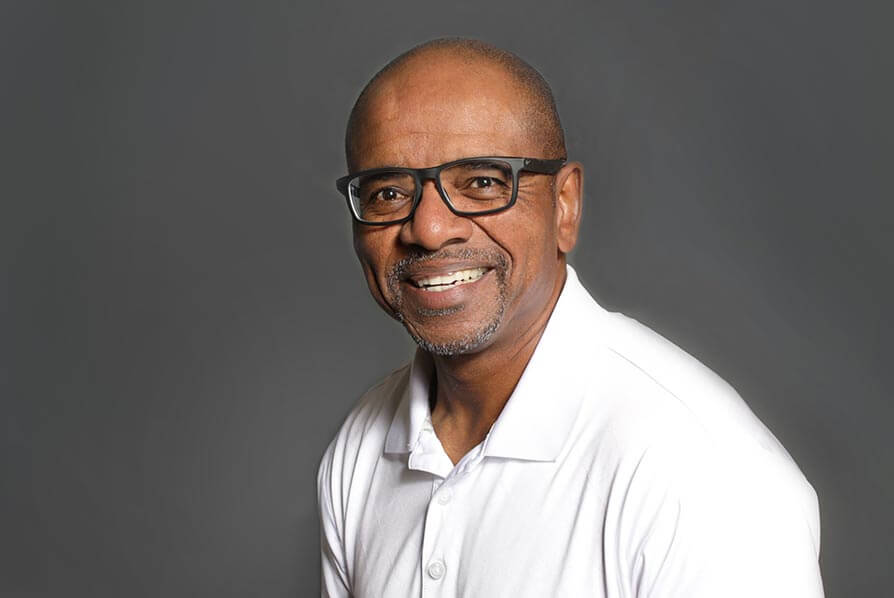The following article originally appeared in Club Business International on October 4, 2021.
Bringing Equity, Diversity, and Inclusion to the Fitness Industry
How club operators can promote and implement strategies for a more inclusive industry.
The first step toward promoting equity, diversity, and inclusion (EDI) in the fitness industry is to understand its importance, both to you as a professional and to the industry as a whole. In the long-term, it requires an ongoing dialogue with yourself, during which you are open to exploring where you may have been falling short in terms of promoting EDI and then implementing strategies to improve your day-to-day practices.
The first step of promoting EDI in the fitness industry is understanding what health equity is and what causes health disparities. Health equity is defined by the World Health Organization as “the absence of avoidable or remedial differences among groups of people, whether those groups are defined socially, economically, demographically, or geographically.”
In addition to race and ethnic differences, these disparities can also be based on gender, sexual identity, age, disability, socioeconomic status, and geographic location.
While maintaining a healthy lifestyle through behavior modification is necessary to improve health at the individual level, research from the Kaiser Family Foundation shows that improving population health and achieving health equity can happen only if the social, economic, and environmental factors that influence health are properly addressed.
As stated simply, addressing social determinants of health is necessary for achieving health equity. These determinants include such things as:
-
economic stability (e.g., employment, income, and debt),
-
neighborhood and physical environment (e.g., housing and transportation),
-
education (e.g., literacy and vocational training),
-
food (e.g., access to healthy options),
-
community and social context (e.g., social integration and community engagement), and
-
the healthcare system (e.g., health coverage and quality of care).
Practical strategies to begin addressing social determinants of health might include exploring a client’s access to healthy foods or transportation to and from parks or other safe places to be active. Another strategy may include considering how demographic differences might impact a person’s long-term motivation and adherence to an exercise program.
It is essential that everyone explore their own implicit biases. One of the biggest challenges in any relationship—including the challenges a health coach or exercise professional may have with their clients or participants—is to identify and then address your own biases, beliefs, and values. This is particularly important when working with diverse and perhaps underserved individuals.
The first step to overcoming these biases is to assess and reflect on your own thinking. What are you bringing to the table—or the exercise room—that does not serve your clients well? How might you adjust your approach so that you are more open to exploring the unique perspective that each of your clients or participants brings with them to each session or class?
Practicing empathy is also vital. You can show empathy by demonstrating an active interest in each individual’s internal perspective. Seeing the world through a client’s or participant’s eyes allows you to understand better the many variables that impact their motivation and behavior. You will undoubtedly work with clients of diverse backgrounds and lived experiences during your time as a health coach or exercise professional. It is vital that you practice empathy, embrace diversity and inclusivity, pursue equity, and create an empowering environment for every individual who enters it. People want to feel not only welcomed but understood, embraced, and celebrated.
Practicing empathy is also vital. You can show empathy by demonstrating an active interest in each individual’s internal perspective. Seeing the world through a client’s or participant’s eyes allows you to understand better the many variables that impact their motivation and behavior. You will undoubtedly work with clients of diverse backgrounds and lived experiences during your time as a health coach or exercise professional. It is vital that you practice empathy, embrace diversity and inclusivity, pursue equity, and create an empowering environment for every individual who enters it. People want to feel not only welcomed but understood, embraced, and celebrated.
What ACE is Doing to Help
The American Council on Exercise (ACE) offers continuing education that provides actionable steps that you can apply every day to address EDI. Taking Action with ACE: Practicing Equity, Diversity and Inclusion as an Exercise Professional will help you strengthen your communication with people of diverse backgrounds and demonstrate empathy and understanding as a health coach or exercise professional.
In addition, ACE and IHRSA collaborated with the Special Olympics on a course entitled Special Olympics Inclusive Fitness Training, designed to provide exercise professionals with the knowledge and guidance to successfully serve and support individuals with intellectual disabilities in their physical activity journeys. Finally, ACE has been a sponsor of Universal Fitness Innovation & Transformation (UFIT), a global initiative created in partnership with the IHRSA Foundation to make health clubs more welcoming and accessible for people living with disabilities.

Cedric Bryant is the president and Chief Science Officer of the American Council on Exercise, where he stewards ACE's development of strategies to deliver exercise-science and behavior-change education. He's responsible for driving innovation in the area of behavior-change programming, overseeing the development of programs that ACE Certified Professionals can utilize to help people adopt and sustain healthier lifestyles. Furthermore, he leads ACE's exploration of how science-based programs and interventions appropriately integrate into healthcare and public health.




 by
by 





 by
by